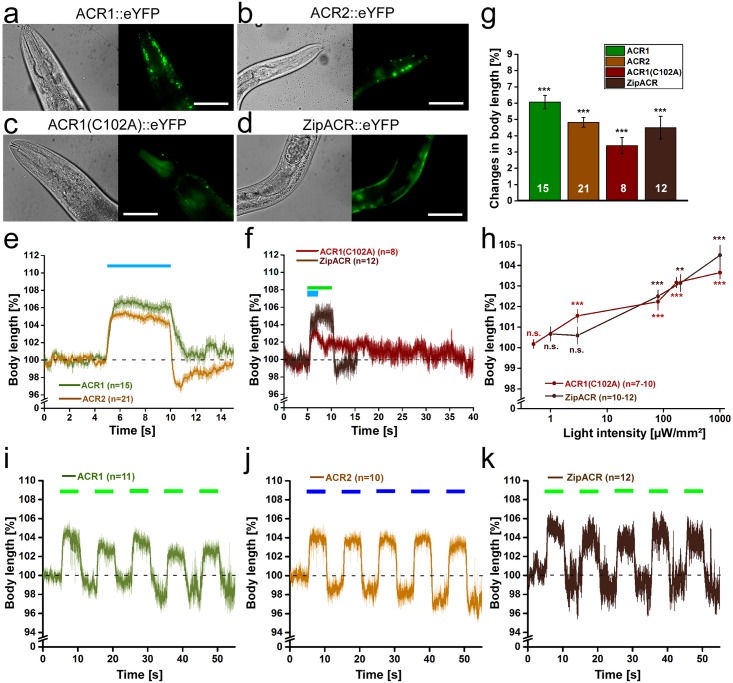Fig 3. ACRs mediate strong hyperpolarization and body elongation.
Expression of ACR1::eYFP (a), ACR2::eYFP (b), as well as ACR1(C102A)::eYFP (c) and ZipACR::eYFP (d) in body-wall muscle cells of C. elegans. Scale bar is 50 μm. (e) Body length of animals expressing ACR1 or ACR2 during and after a 5 s light stimulus (1 mW/mm2; 470 nm). Shown is the mean normalized body length (± SEM) relative to the initial length of the animal. (f) Body length during and after a light stimulus (1 mW/mm2) of animals expressing ACR1(C102A) (470 nm, 2 s) or ZipACR (520 nm, 5 s). (g) Maximal changes in body length induced by the tested hyperpolarizers. Shown is the mean normalized change in body length (± SEM) relative to the initial length of the animal. (h) Light intensity dependence of the body elongation of animals expressing ACR1(C102A) or ZipACR in body-wall muscle cells. (i) Body length in response to repetitive photostimulation (5 s, 5 s ISI, 80 μW/mm2, 470 or 520 nm) of ACR1, ACR2 (j) or ZipACR (k) in animals expressing the respective channel in body-wall muscles; n = number of animals. Blue and green bars indicate illumination period. *p<0.05, **p<0.01, ***p<0.001.

